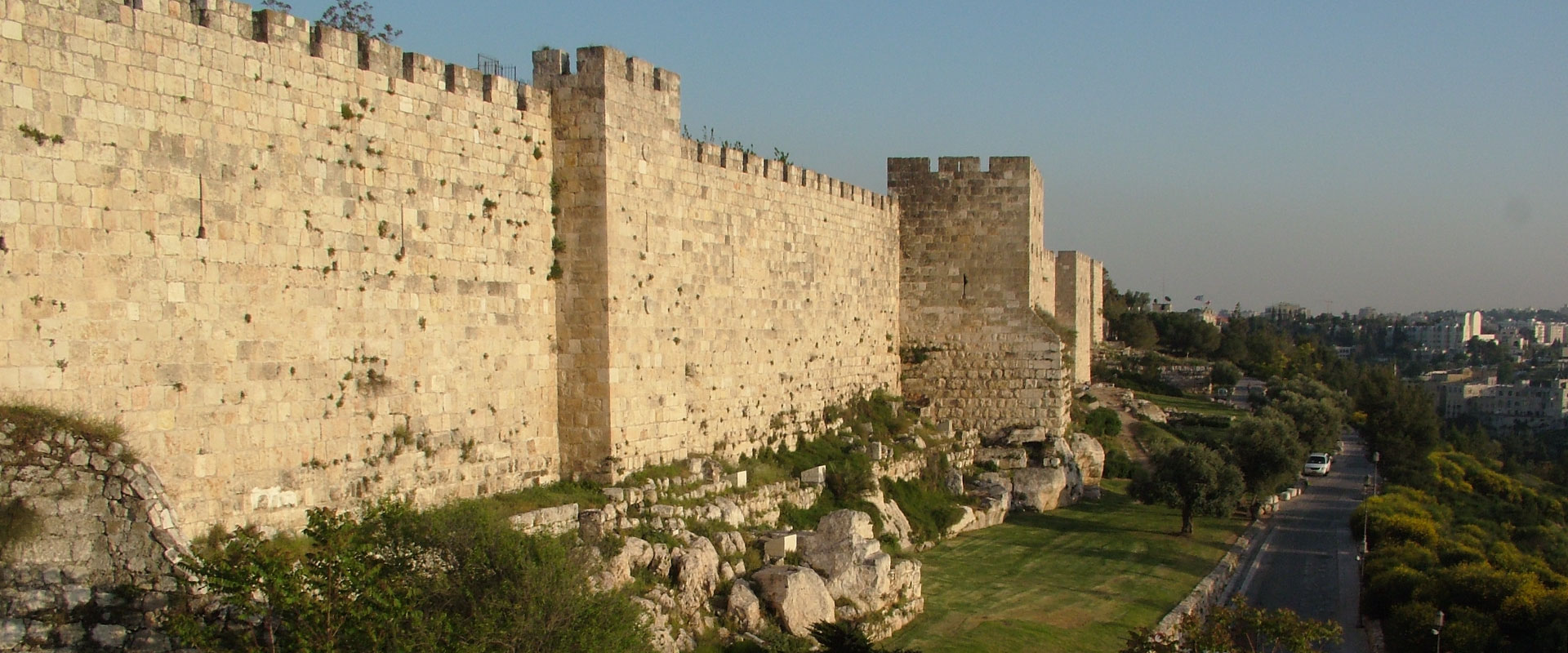Hill of Evil Counsel is located on the south-east of the Valley of Hinnom, today is part of Mount Zion region in Jerusalem.
It is so called from a tradition that the house of the high priest Caiaphas, when the rulers of the Jews resolved to put Christ to death, stood here.
Many of the Jews therefore, who had come with Mary and had seen what Jesus did, believed in him. But some of them went to the Pharisees and told them what he had done. So the chief priests and the Pharisees called a meeting of the council, and said, “What are we to do? This man is performing many signs. If we let him go on like this, everyone will believe in him, and the Romans will come and destroy both our holy place and our nation.” But one of them, Caiaphas, who was high priest that year, said to them, “You know nothing at all! You do not understand that it is better for you to have one man die for the people than to have the whole nation destroyed.” He did not say this on his own, but being high priest that year he prophesied that Jesus was about to die for the nation, and not for the nation only, but to gather into one the dispersed children of God. So from that day on they planned to put him to death.
John 11:45–53 NRSV
“Hill of Evil Counsel,” Easton’s Bible Dictionary, paragraph 3457.
Caiaphas: the Jewish high priest (A.D. 27-36) at the beginning of our Lord’s public ministry, in the reign of Tiberius (Luke 3:2), and also at the time of his condemnation and crucifixion (Matt. 26:3, 57; John 11:49; 18:13, 14). He held this office during the whole of Pilate’s administration. His wife was the daughter of Annas, who had formerly been high priest, and was probably the vicar or deputy (Heb. sagan) of Caiaphas. He was of the sect of the Sadducees (Acts 5:17), and was a member of the council when he gave his opinion that Jesus should be put to death “for the people, and that the whole nation perish not” (John 11:50). In these words he unconsciously uttered a prophecy. “Like Saul, he was a prophet in spite of himself.” Caiaphas had no power to inflict the punishment of death, and therefore Jesus was sent to Pilate, the Roman governor, that he might duly pronounce the sentence against him (Matt. 27:2; John 18:28). At a later period his hostility to the gospel is still manifest (Acts 4:6).
“Caiaphas,” Easton’s Bible Dictionary, paragraph 1187.


But they hearkened not, nor inclined their ear, but walked in the counsels and in the imagination of their evil heart, and went backward, and not forward.
Jeremiah 7:24 KJV

Important Digs
The Spring House, Eli Shukron In 1995, Ronny Reich and Eli Shukron began to excavate near the Gihon Spring and forever changed our understanding of Ancient Jerusalem.
The Shiloah Pool and the Second Temple Road , in 2004, Reich and Shukron began an excavation in the southern part of the City of David, at the site of the Second Temple period Shiloah Pool.
Givati Parking Lot - In 2007, Doron Ben-Ami and Yana Tchekhanovets began a comprehensive excavation in the Givati Parking Lot, located west of the entrance to the City of David.
Eli Shukron Since 2007 and Reich have been excavating the main water drainage tunnel of the city of Jerusalem from the Second Temple period, inside the Tyropoeon Valley.







